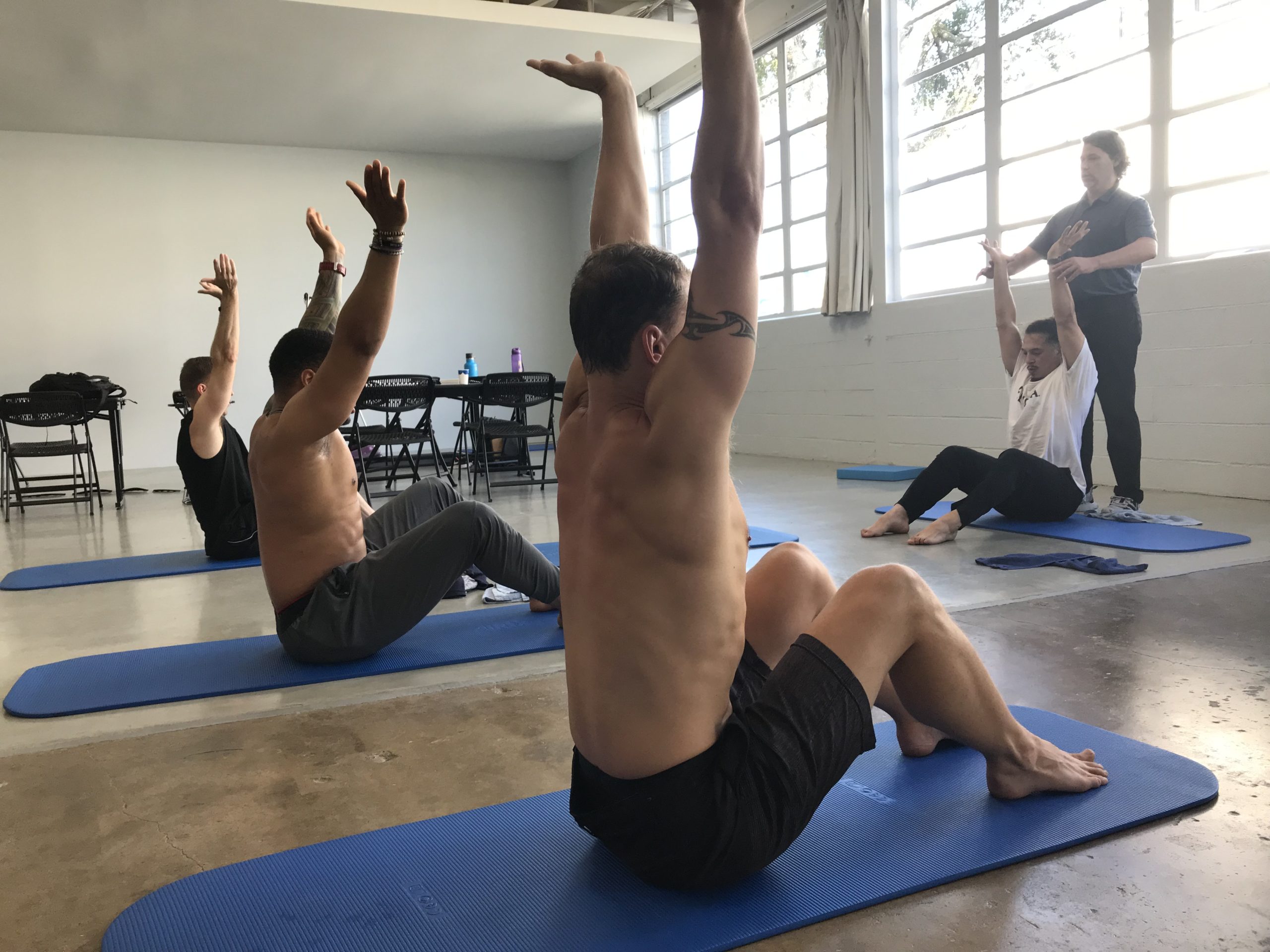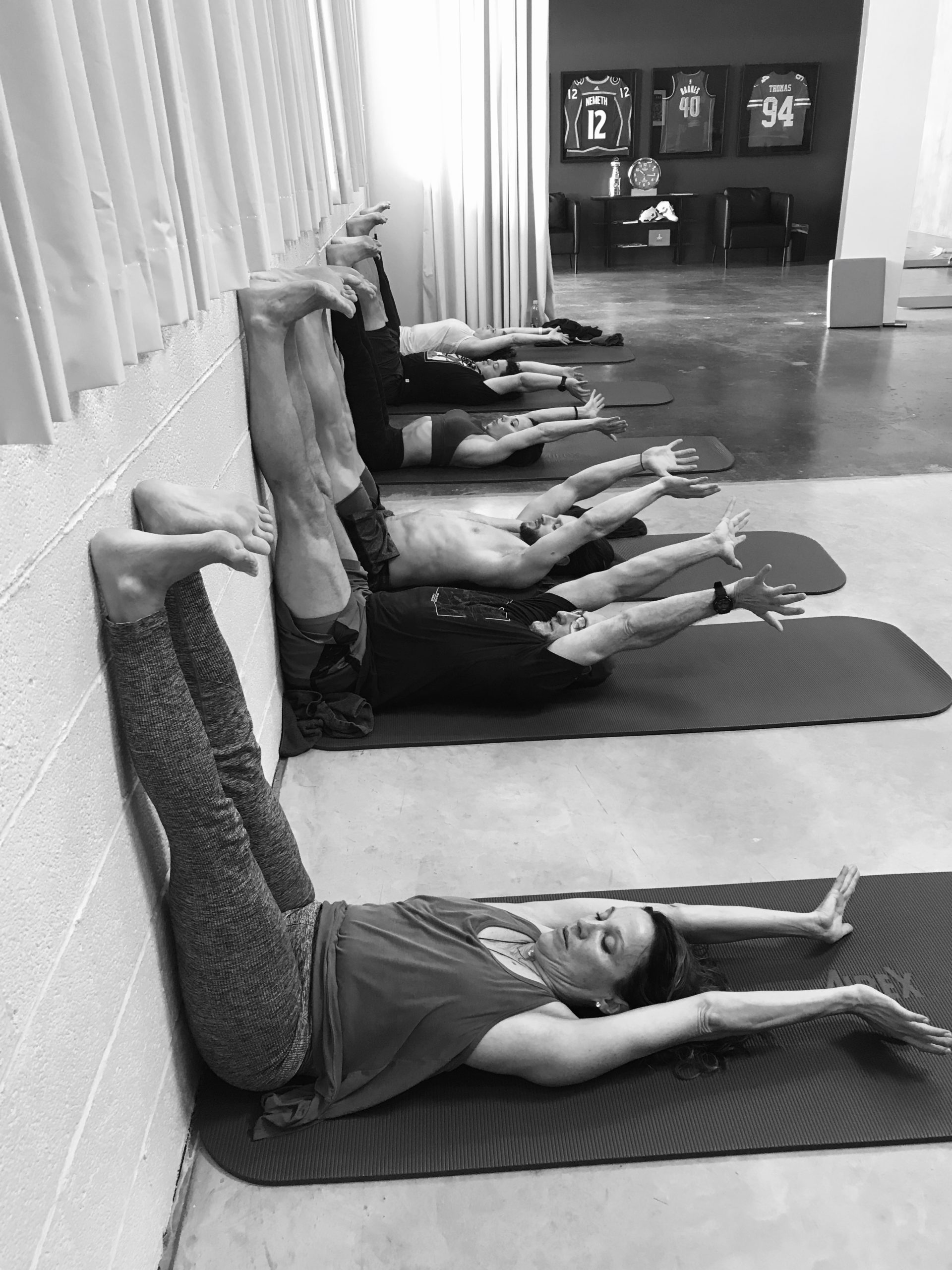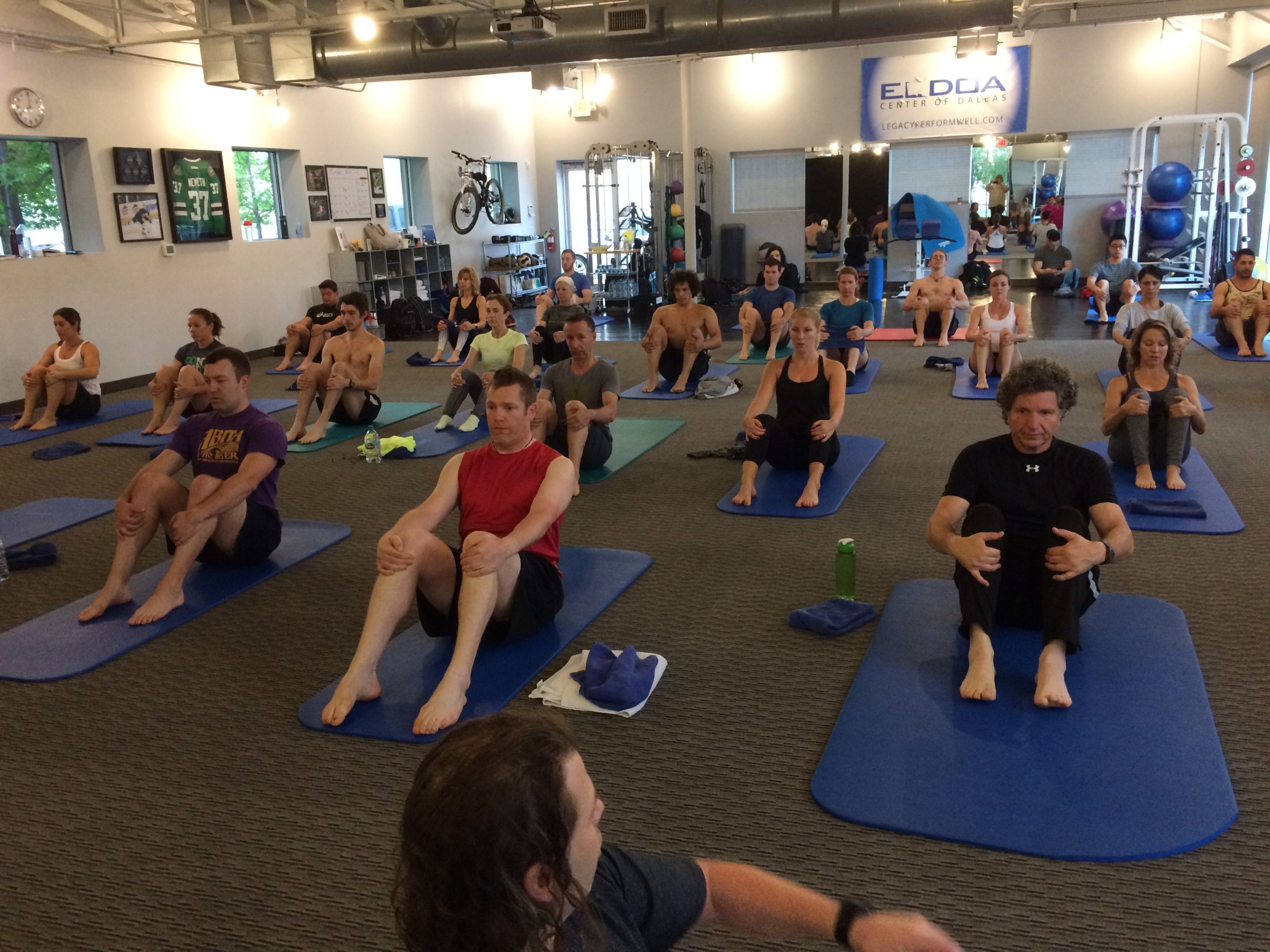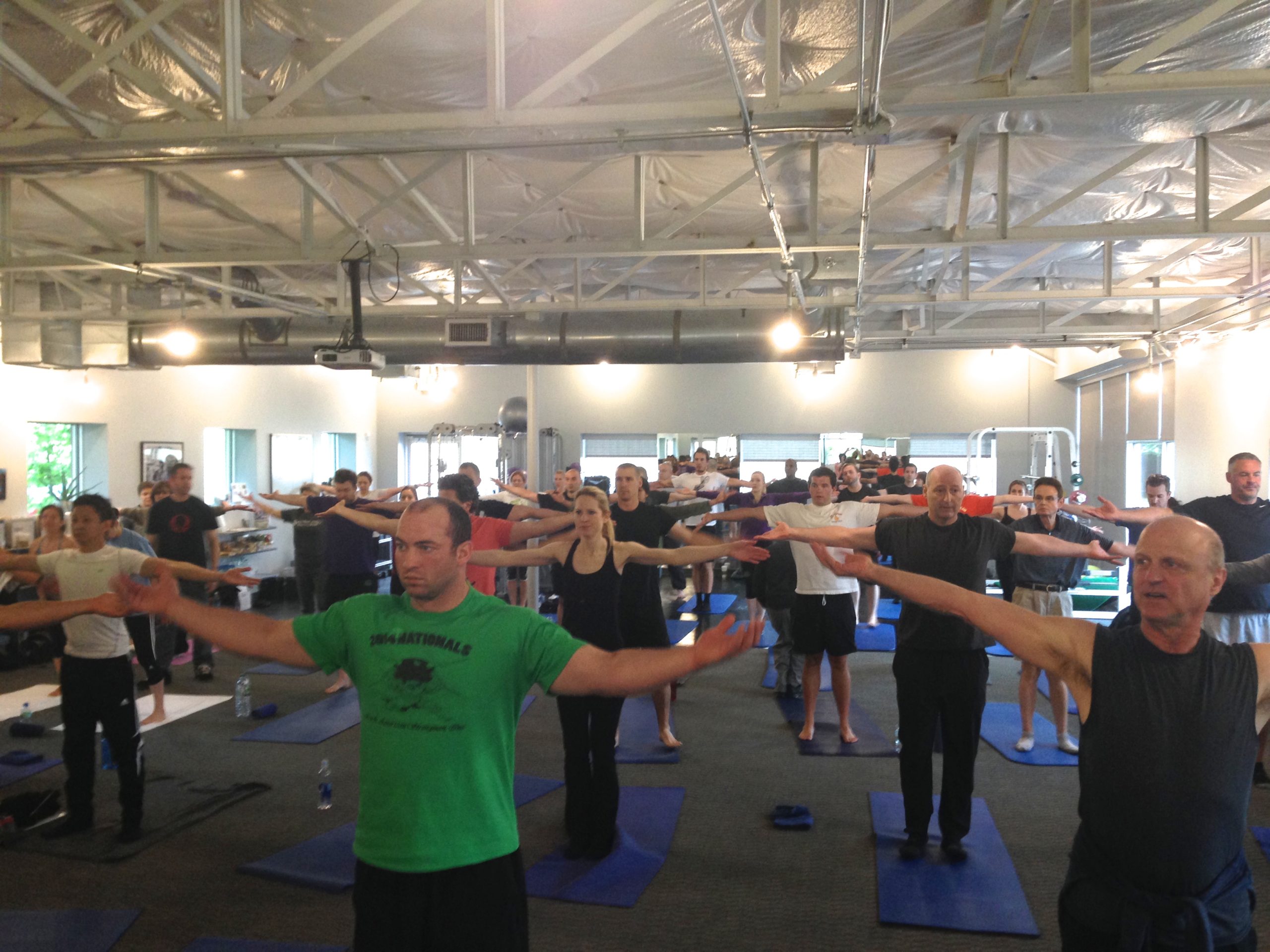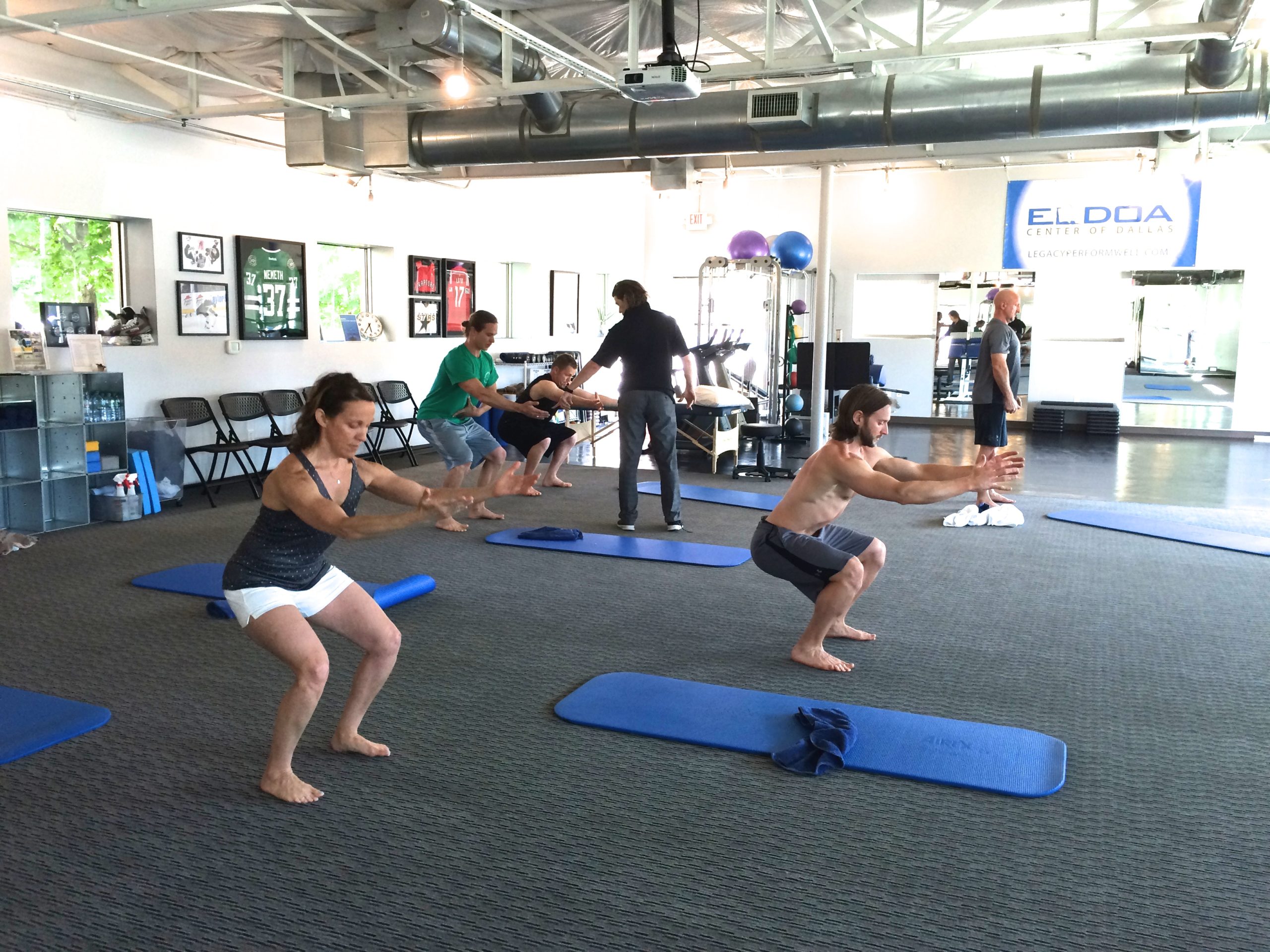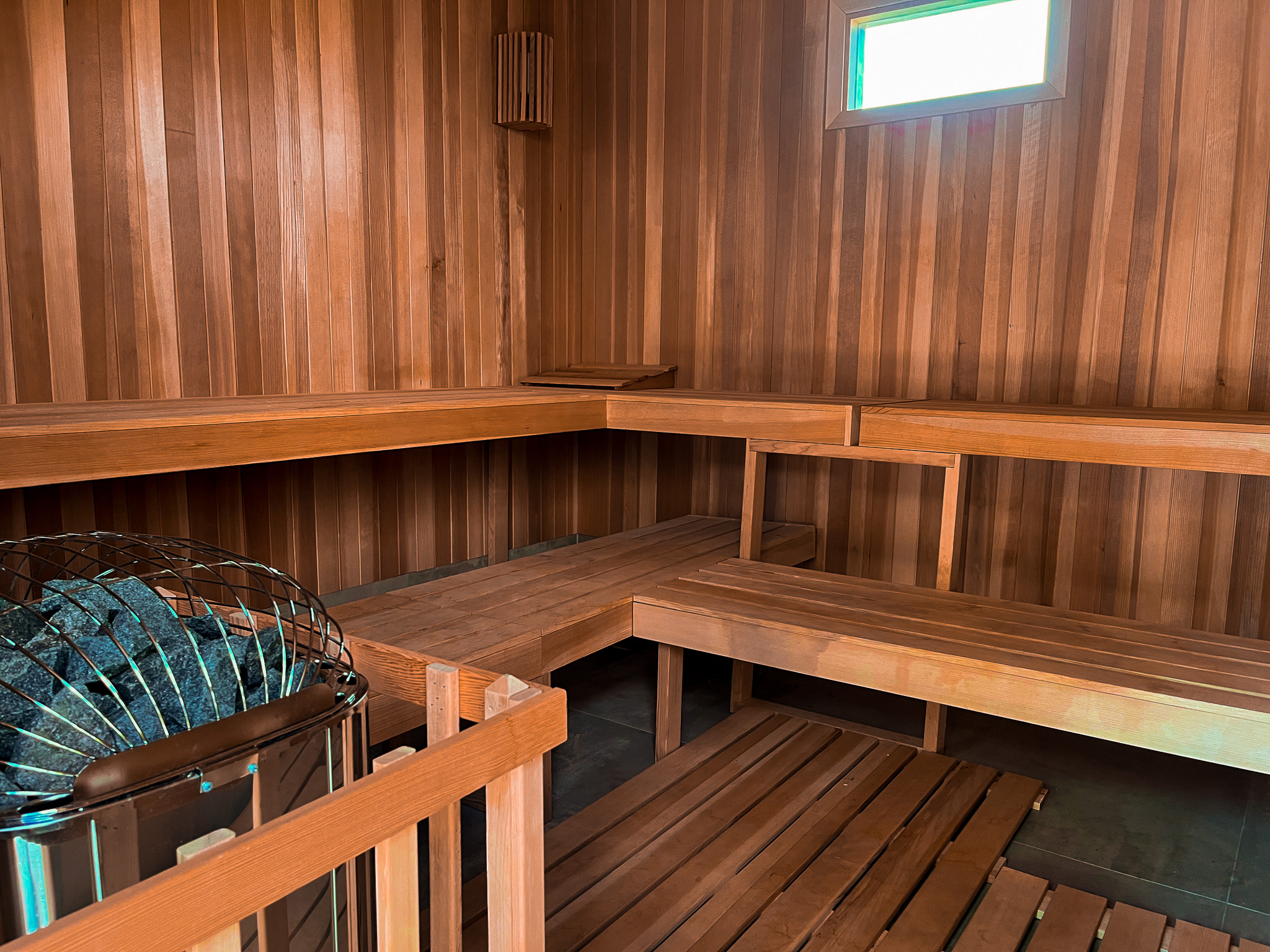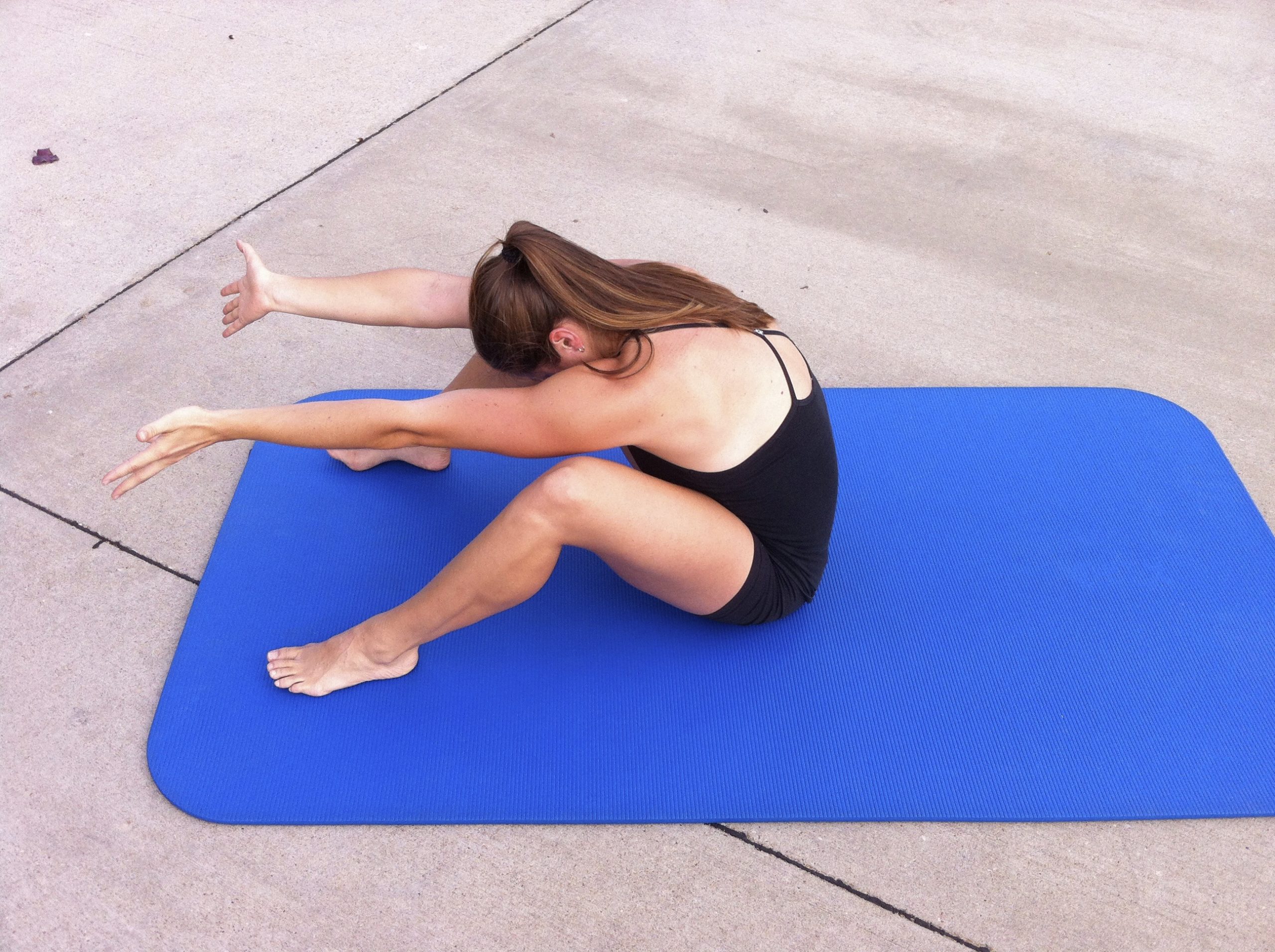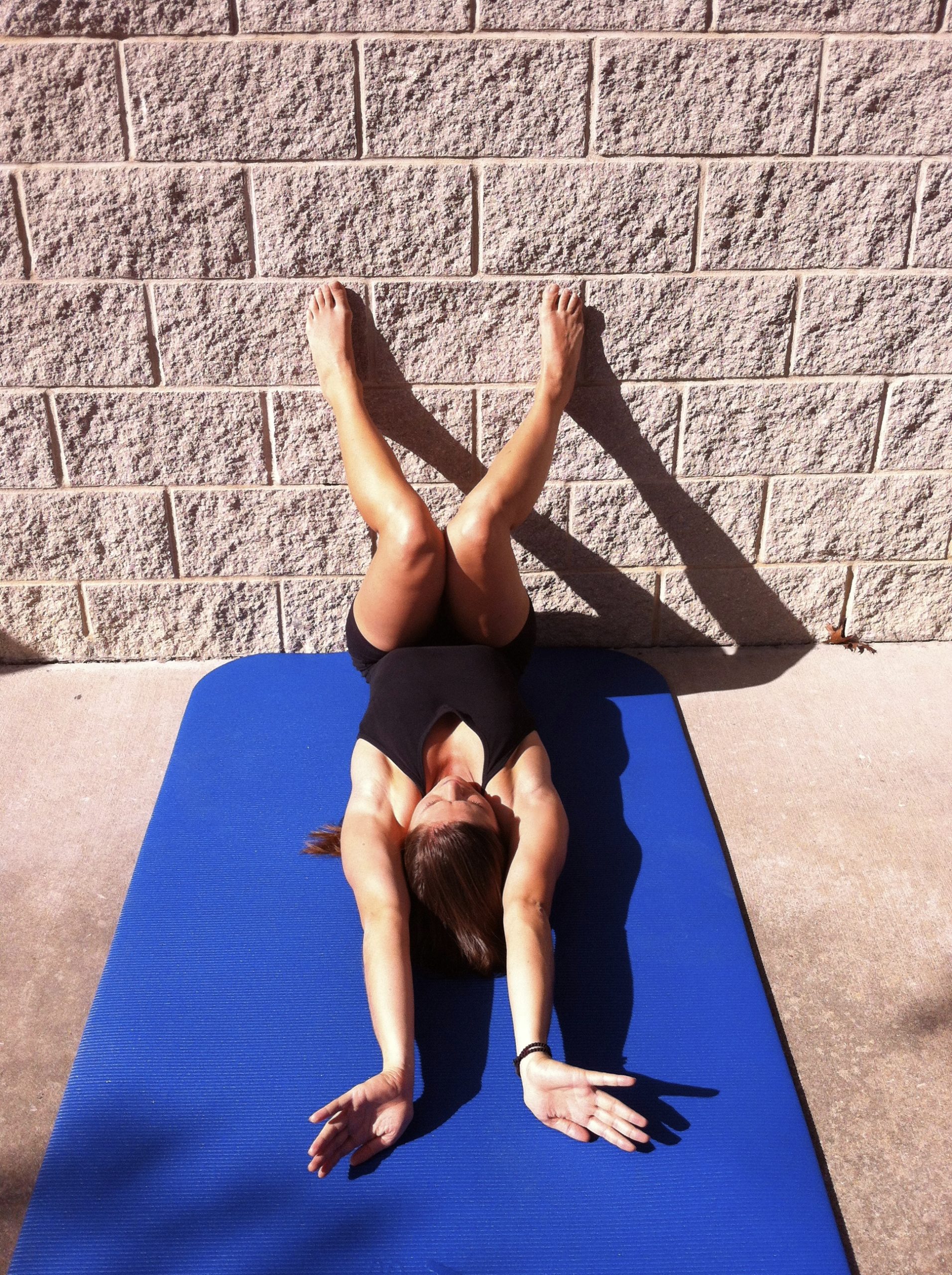The ELDOA Wellness Group Classes are designed to enhance a client’s home program, whether that be an ELDOA program or as part of their on-going soma-training program at Legacy. Each class is structured to include ELDOA for each segment of the spine – lumbar, thoracic, cervical – and the exercises are beneficial to anyone and everyone taking the class. The Wellness Group Classes are open to Legacy Center of Excellence Members and, if space permits, to non-Members wishing to drop-in for a class. A Group Class Card can be purchased for a series of 5 or 10 Saturday ELDOA classes. Go to the “eCommerce” tab to purchase on line or the Group Class Card may be purchased in the Center’s Business Office. You can also purchase a single class at the Drop-In class fee on the eCommerce tab.
The ELDOA Specialized Group Classes are designed to focus on a specific area of the spine or a specific joint or set of joints in the body. They may also be formatted to enhance a specific sport, such as golf, tennis, hockey or rowing, by creating space in the areas of the body most affected by that sport. This normalizes and reorganizes the tissue after the sport has unorganized the body.

